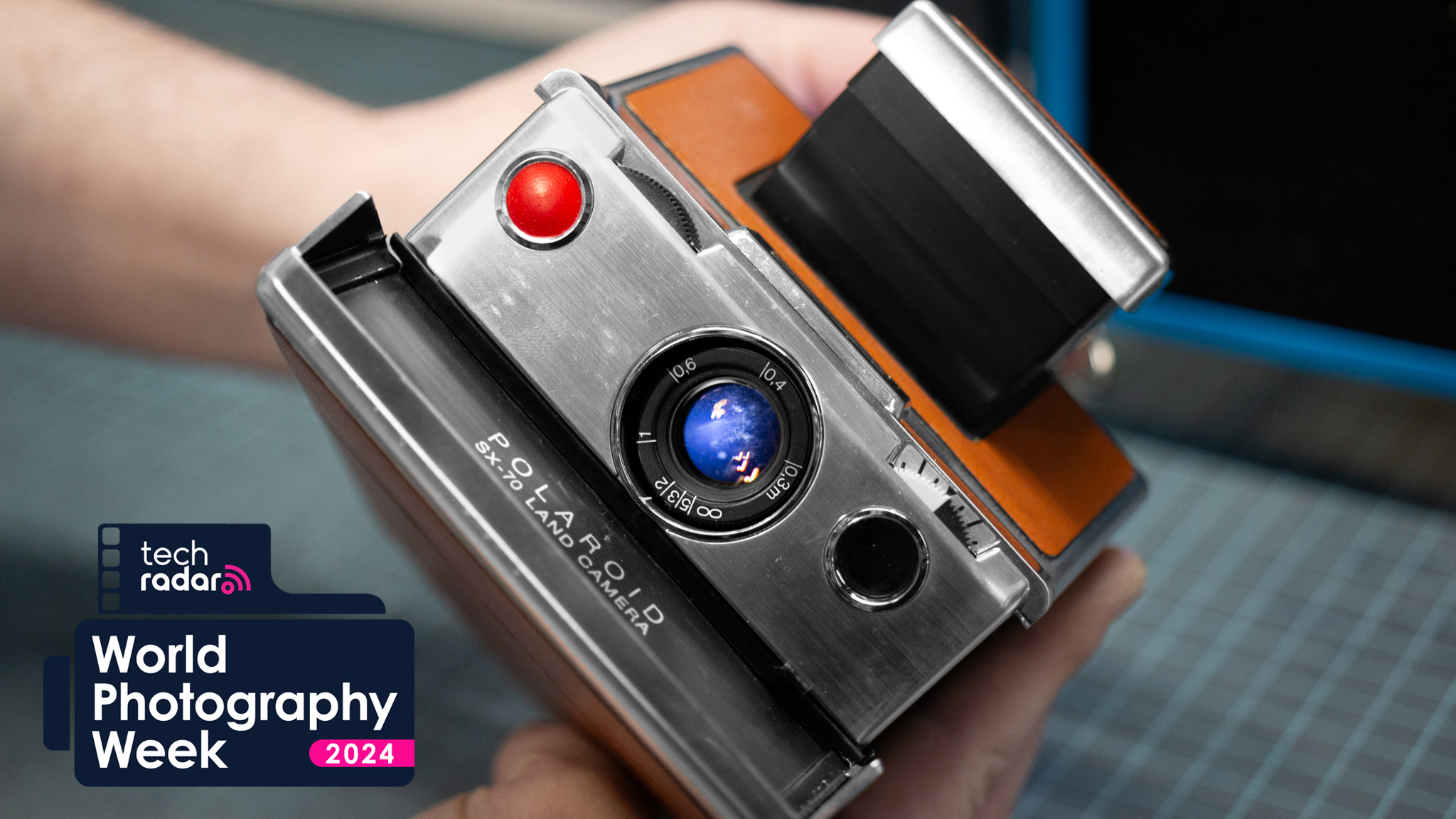
My favorite camera simply for looks is the Polaroid SX-70. I love how this cult-classic instant camera pops open from its hip flask-like state into its ready-to-go position. If a camera was a Transformer, this is it, and it even predates the popular Hasbro / Takara Tomy franchise.
Sadly, over the past few years, my SX-70 has been exclusively just that – a camera to look at. The reason is that it was consistently churning out over-exposed instant prints, especially from Impossible Project’s black-and-white film stock.
In the early days of the Impossible Project (the outfit that kept Polaroid alive after the instant camera giant went bust in 2001), I put my SX-70’s unreliable prints down to the instant film itself. Back then I was getting maybe one in eight usable prints, and the results were wildly inconsistent. It was like burning money, especially when a pack of eight sheets of instant film costs around $25 / £20 / AU$35. So I stopped trying, and the camera took its place on a bookshelf at home, a relic.
Today’s latest film for the SX-70 – which is still made by the Impossible Project, now operating under the Polaroid name – is supposed to be more reliable than the early batches. However, the latest film stock still rendered disappointing results. I wrote about how today’s film let my beautiful Polaroid SX-70 down, but after the event, I had this nagging feeling that my camera itself could be the problem.
I wanted to be sure either way and, while looking into solutions, came across Retrospekt – a US company that specializes in customizing and fixing retro gear like the Nintendo GameBoy and, you guessed it, the Polaroid SX-70. Could Retrospekt work its magic on my vintage camera? Shortly thereafter, my beloved vintage Polaroid was packed up and on its way to Retrospekt’s experts, with the hope of a new lease of life.
Getting to the root of the problem
Weeks later my Polaroid SX-70 was back in my hands, arriving in a plush customized box along with a new soft carry case that I can sling over my shoulder.
Retrospekt did a complete teardown of the camera, getting to the root of the problem and replacing several parts. You can see the process carried out by the Milwaukee-based team in the video, above.
There were a few fixes that needed to be made. The major one was the removal of lens fungus, and the camera’s mirror cover and fresnel carrier were also replaced as they were cracked. The comprehensive report from the workshop listed a few additional minor issues too.
Lens fungus is a pretty common issue with analog cameras as old as the SX-70, which dates back to the 1970s, and it can cause a severe reduction in contrast in photographs. That could explain the particularly washed-out feel of my SX-70’s prints.
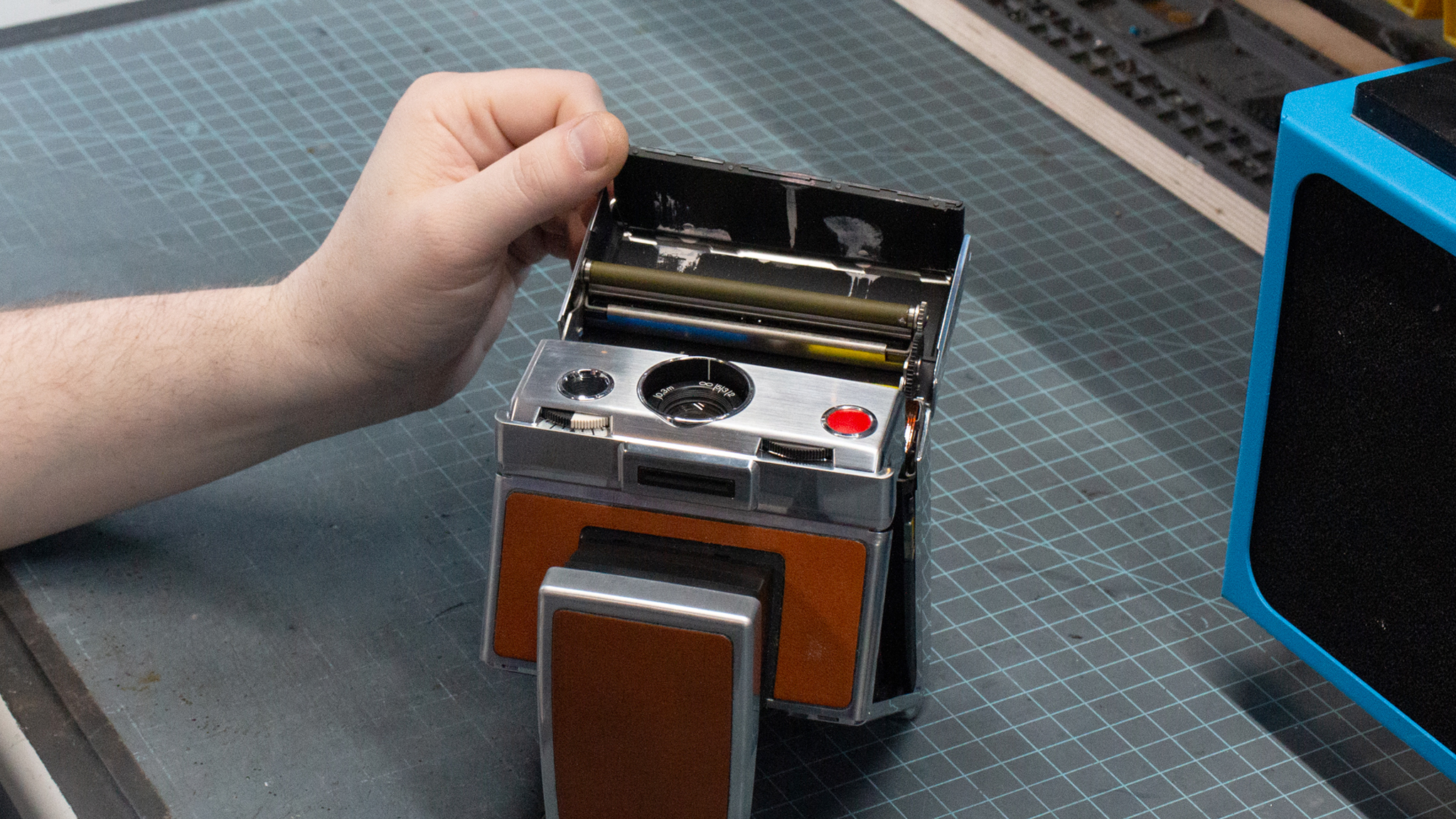
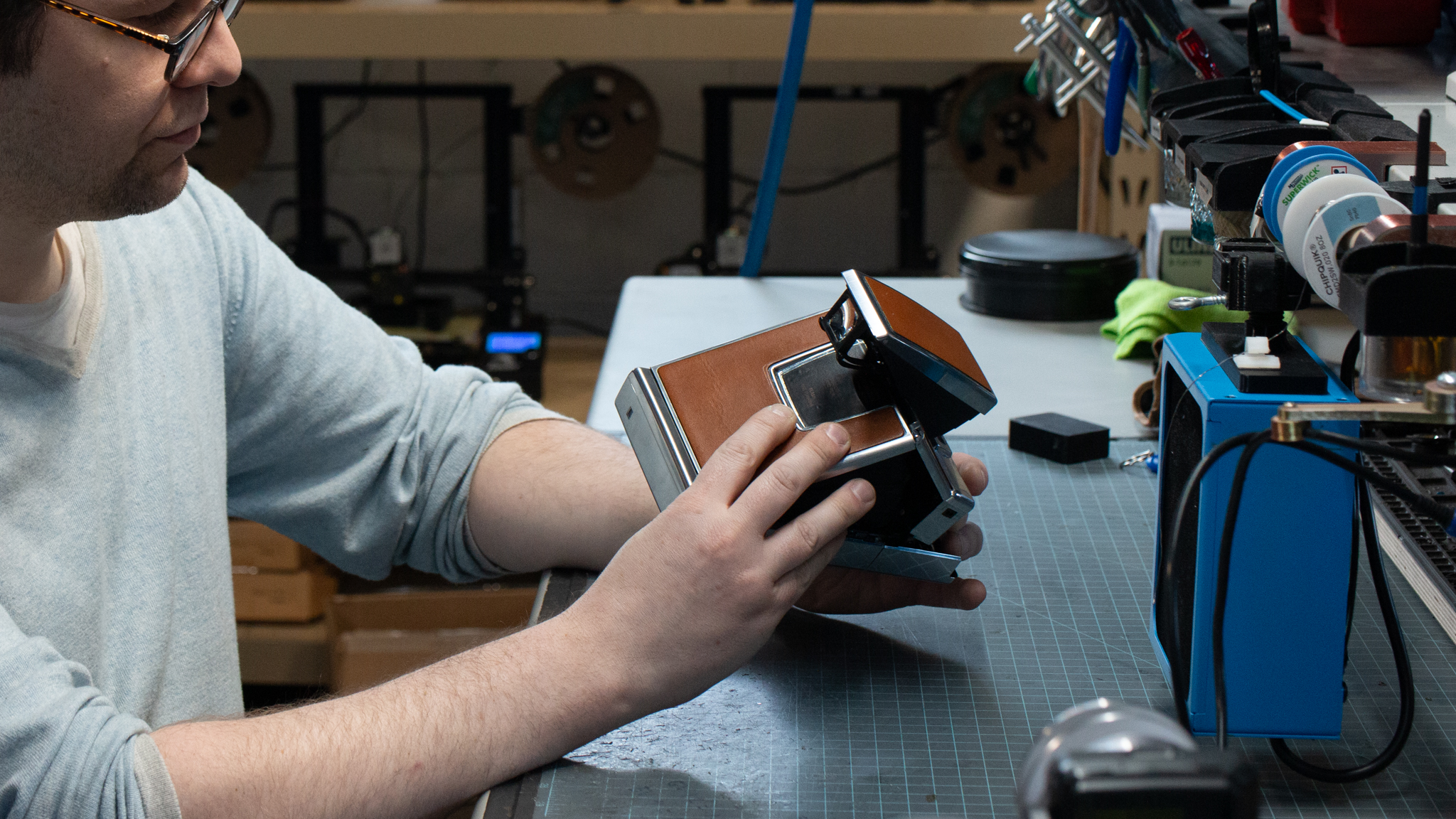
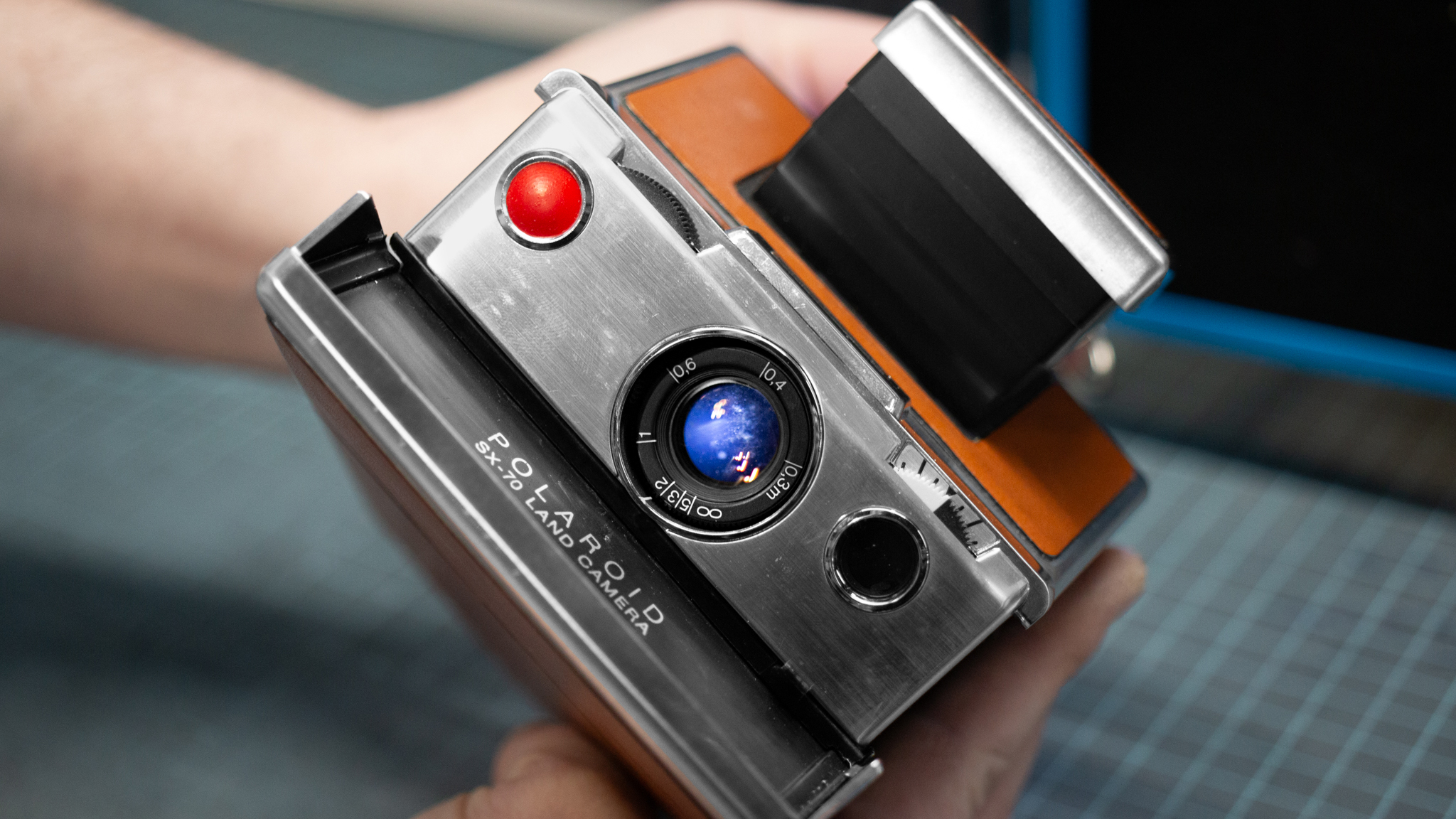
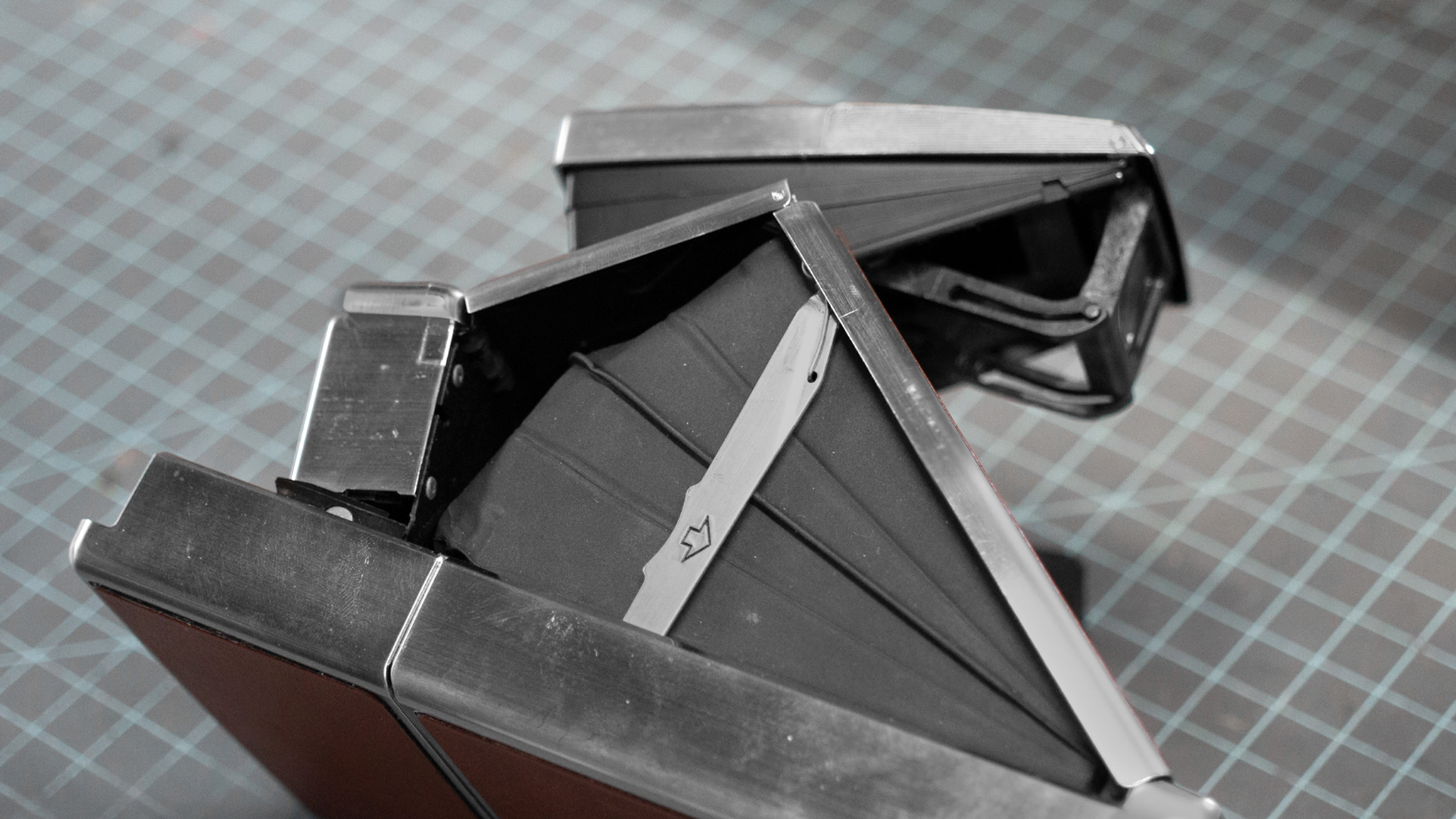
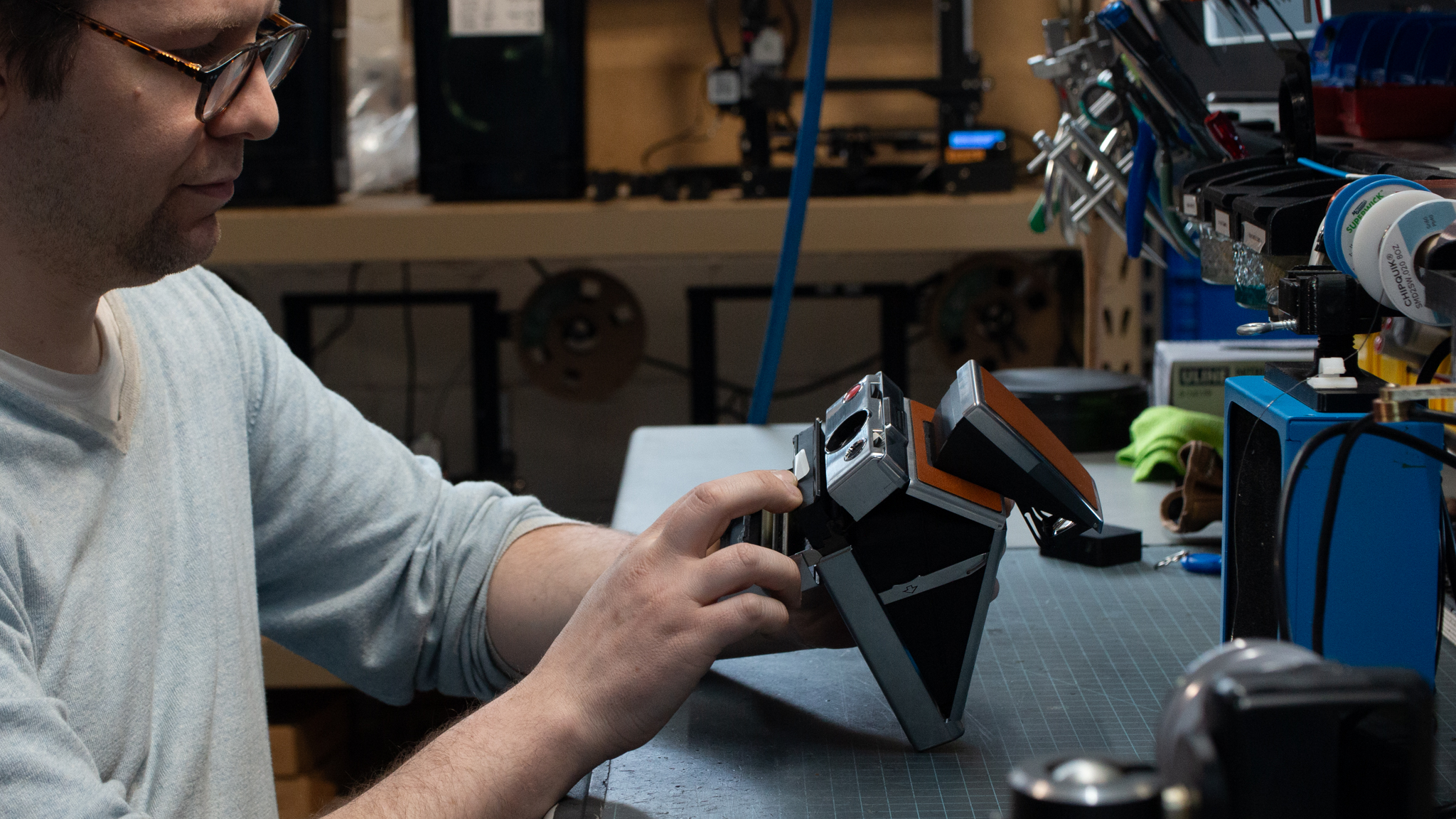
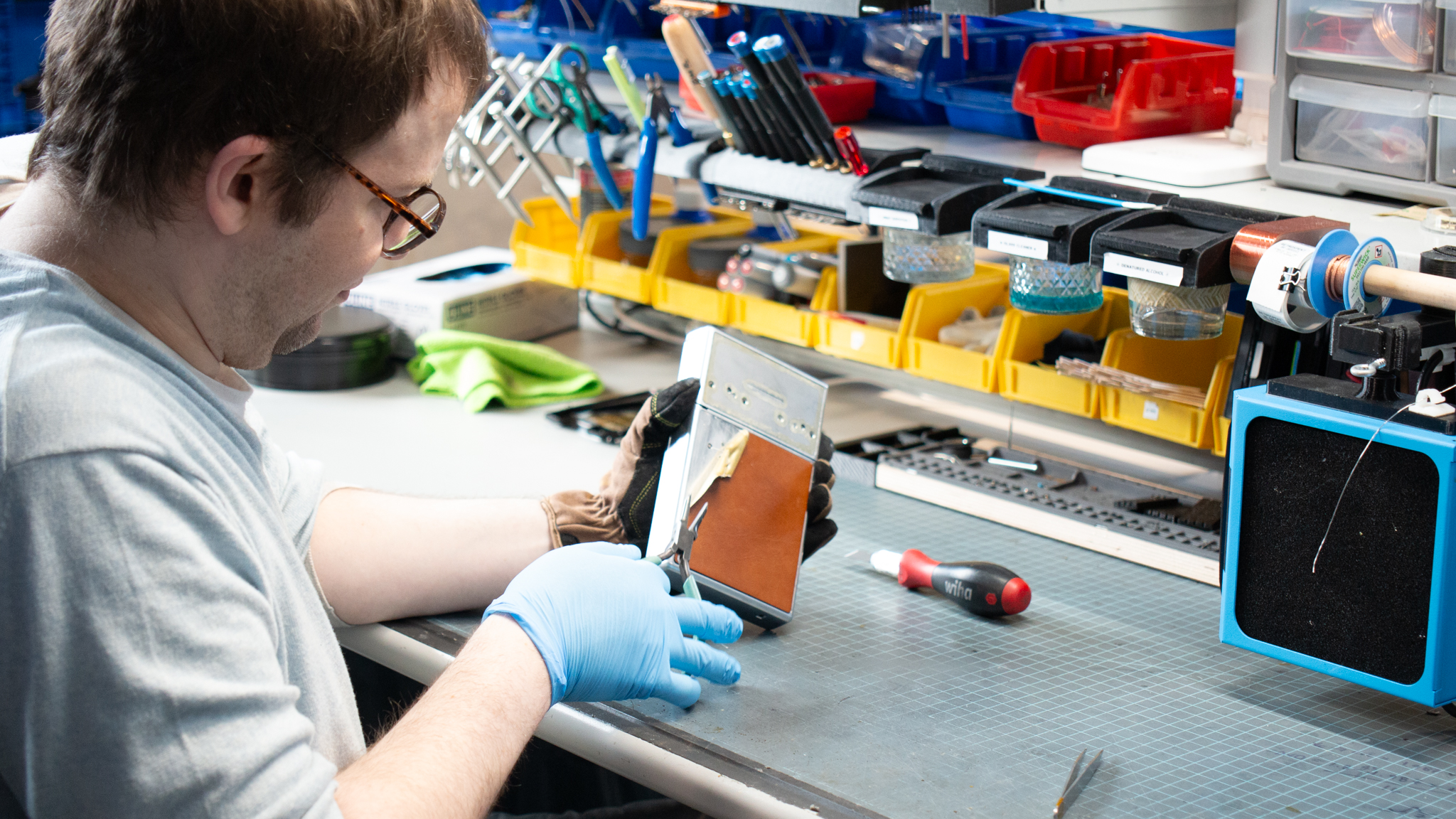
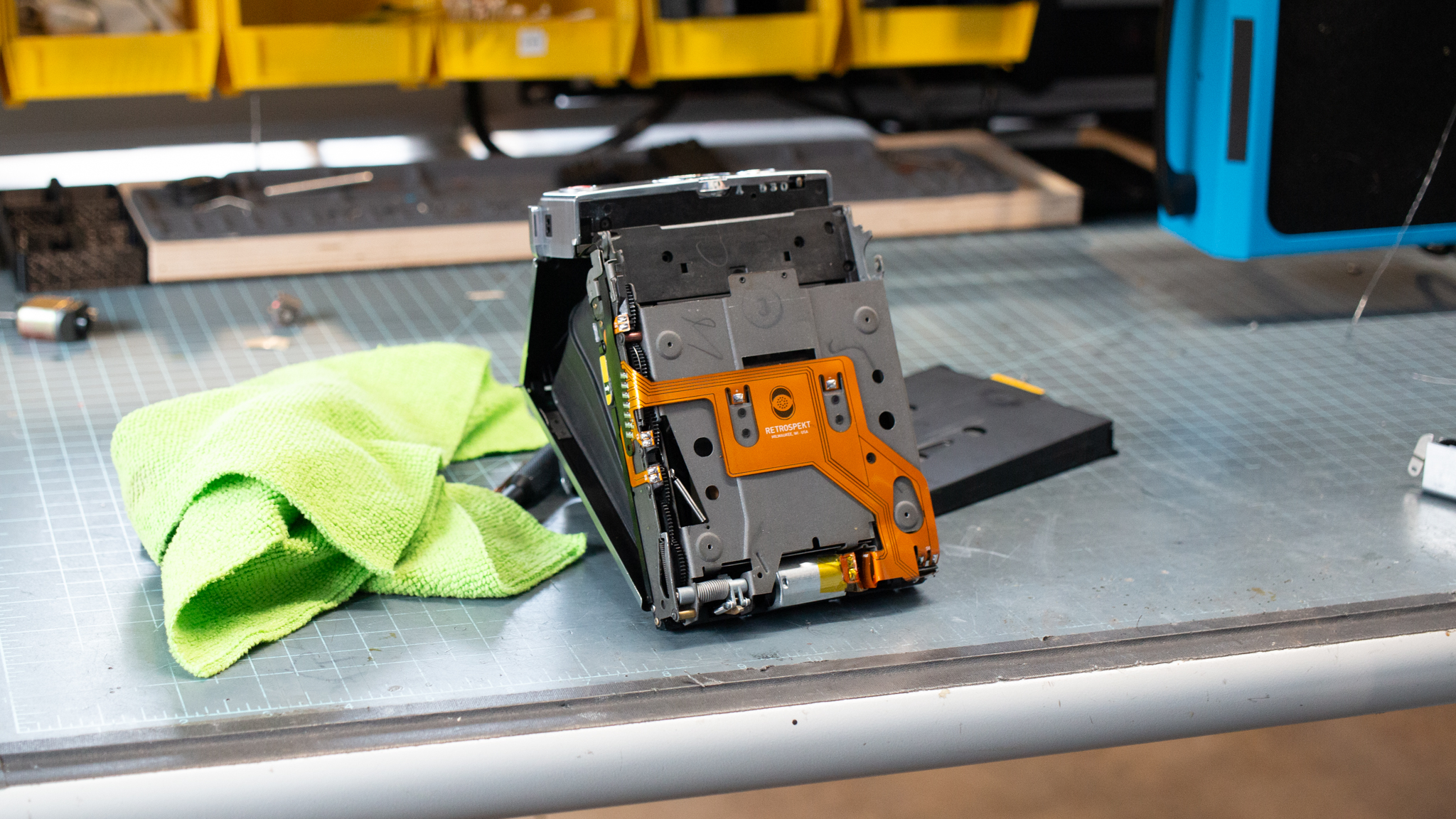
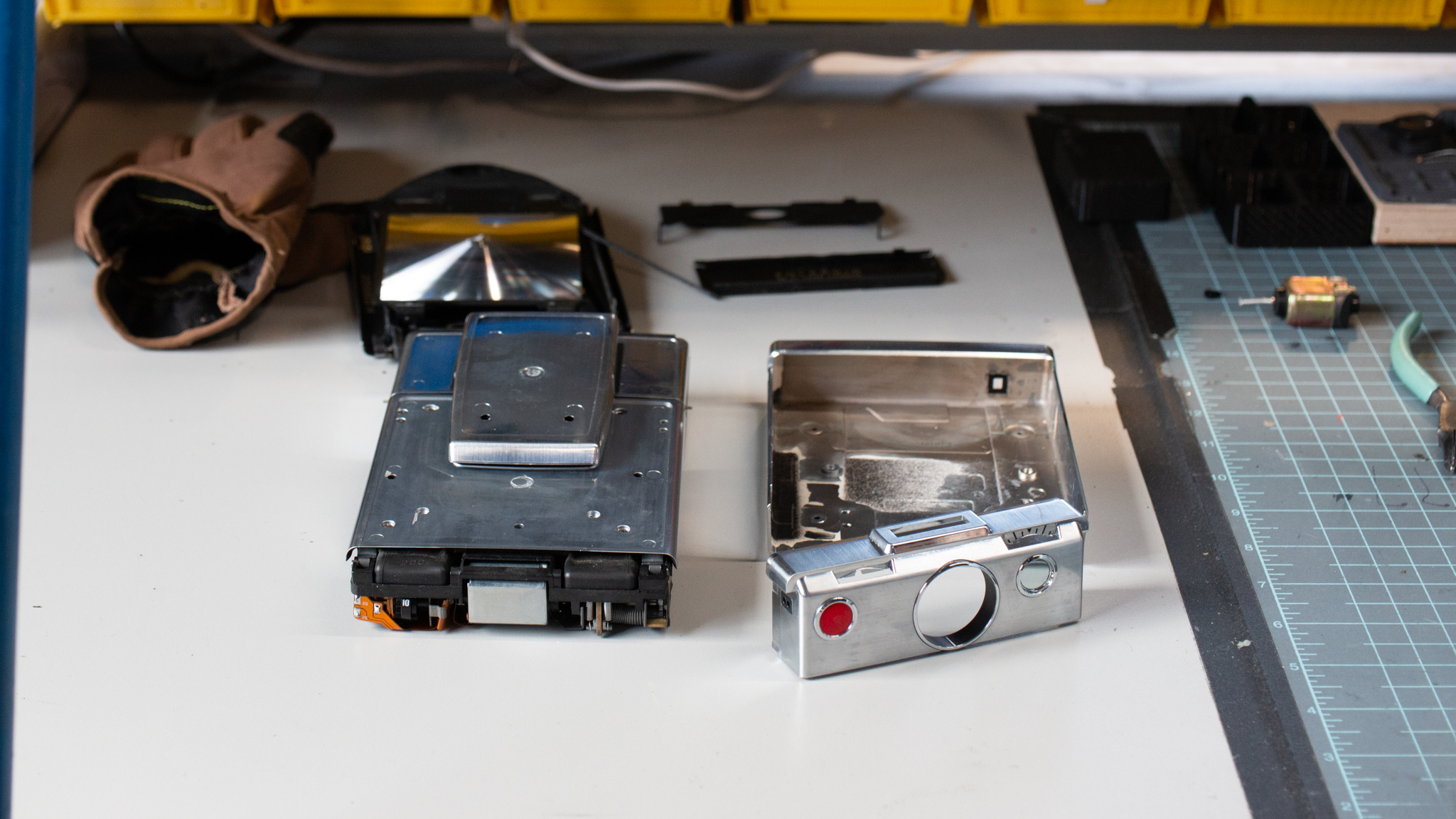
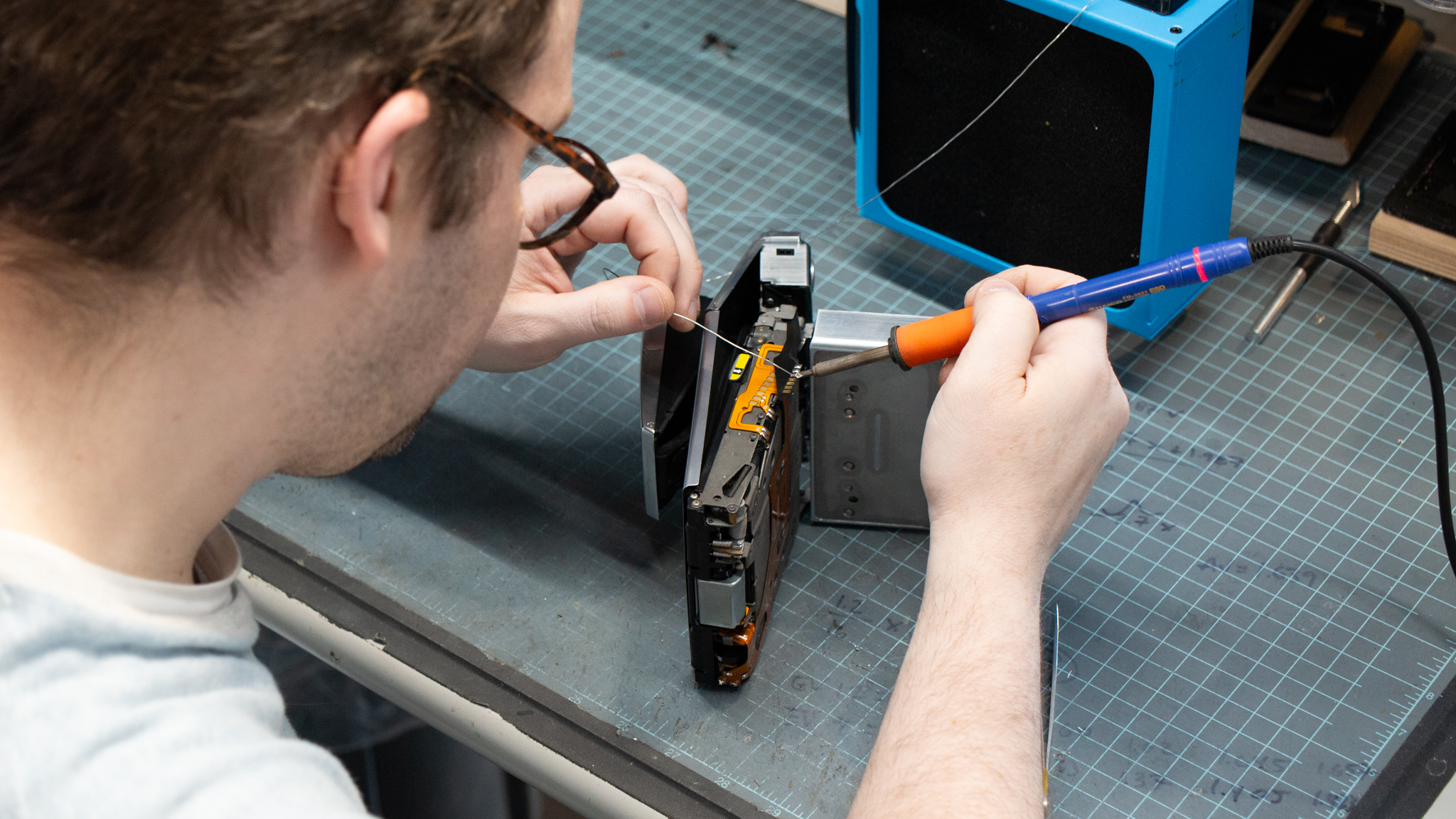
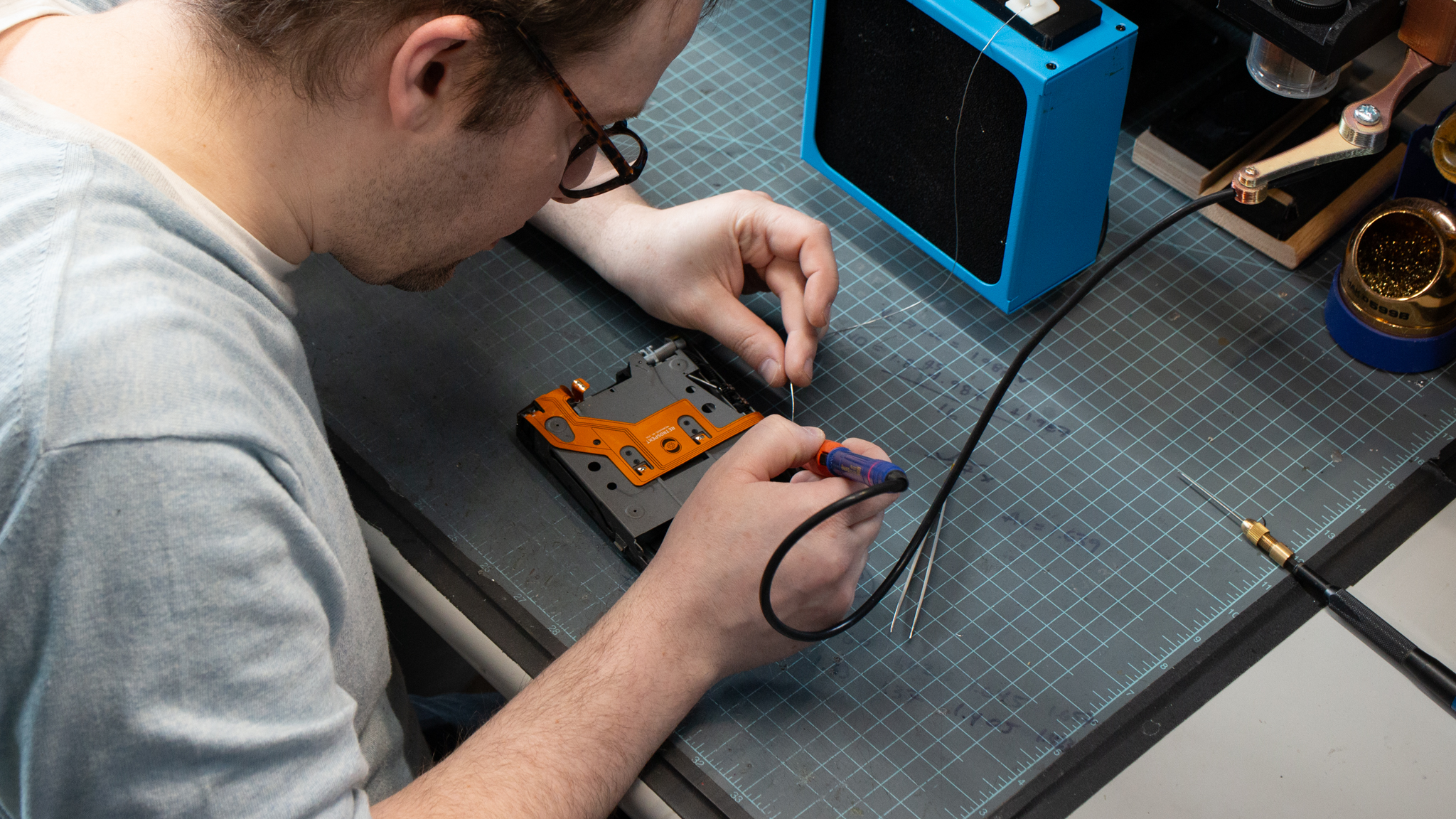
An SX-70 teardown requires the leather coverings to be removed, so I was given the option to swap the original tan-colored coverings for ones from a huge range of custom replacements from the Retrospekt site. As much as I was tempted by an outlandish new look, I opted to keep the classic tan aesthetic.
On the outside, it didn’t look like anything was new in my refurbished SX-70 – it was exactly the camera I know and love. Pulling it open revealed that the viewfinder's lever mechanism had been fixed – it was a little loose before after being mishandled by someone else, but now it was properly secure.
It was great to have the camera back, but could it take decent instant photos again? Armed with one pack of color film and one of black-and-white film, I took a walk while on a family break to find out.
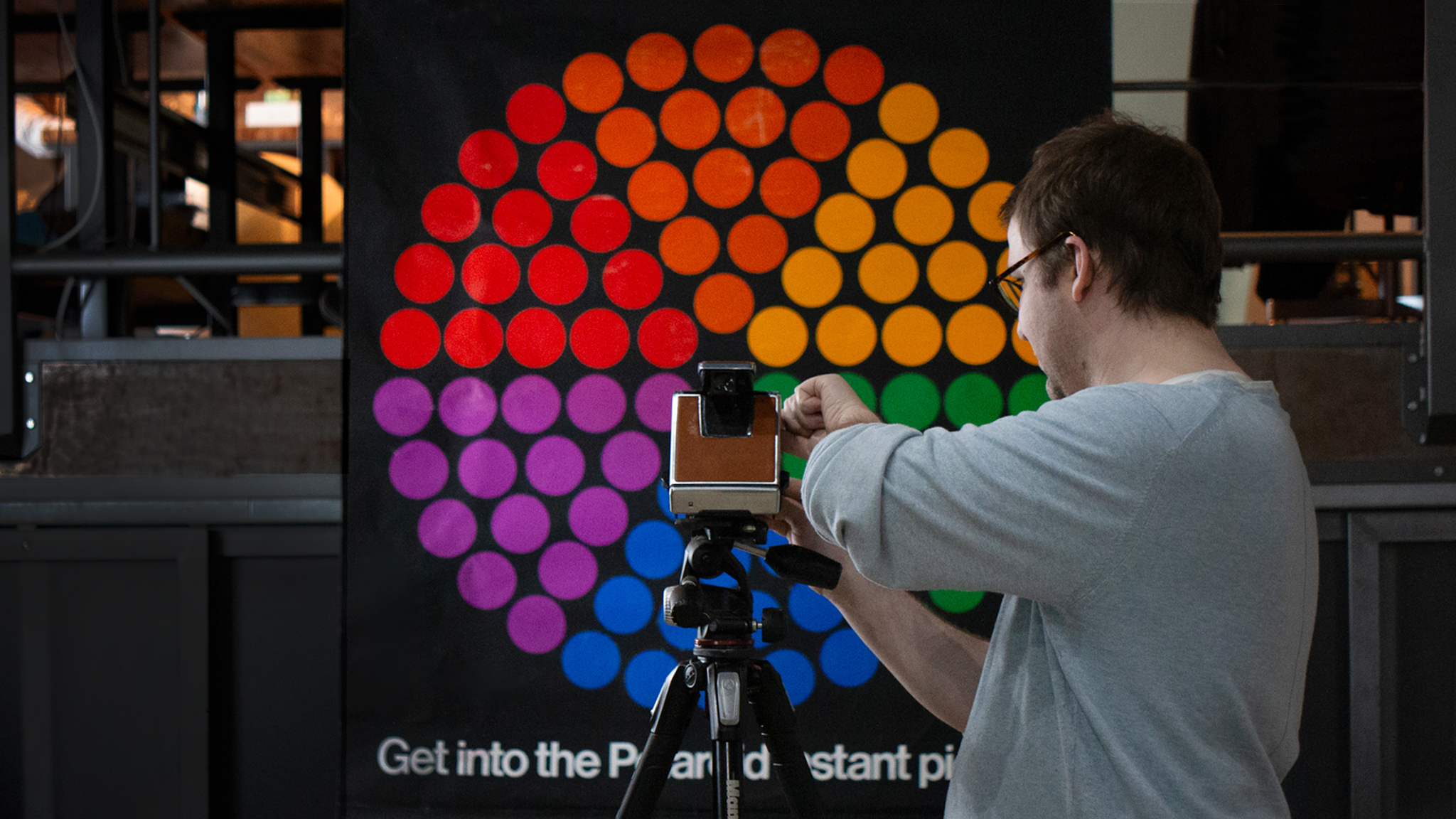
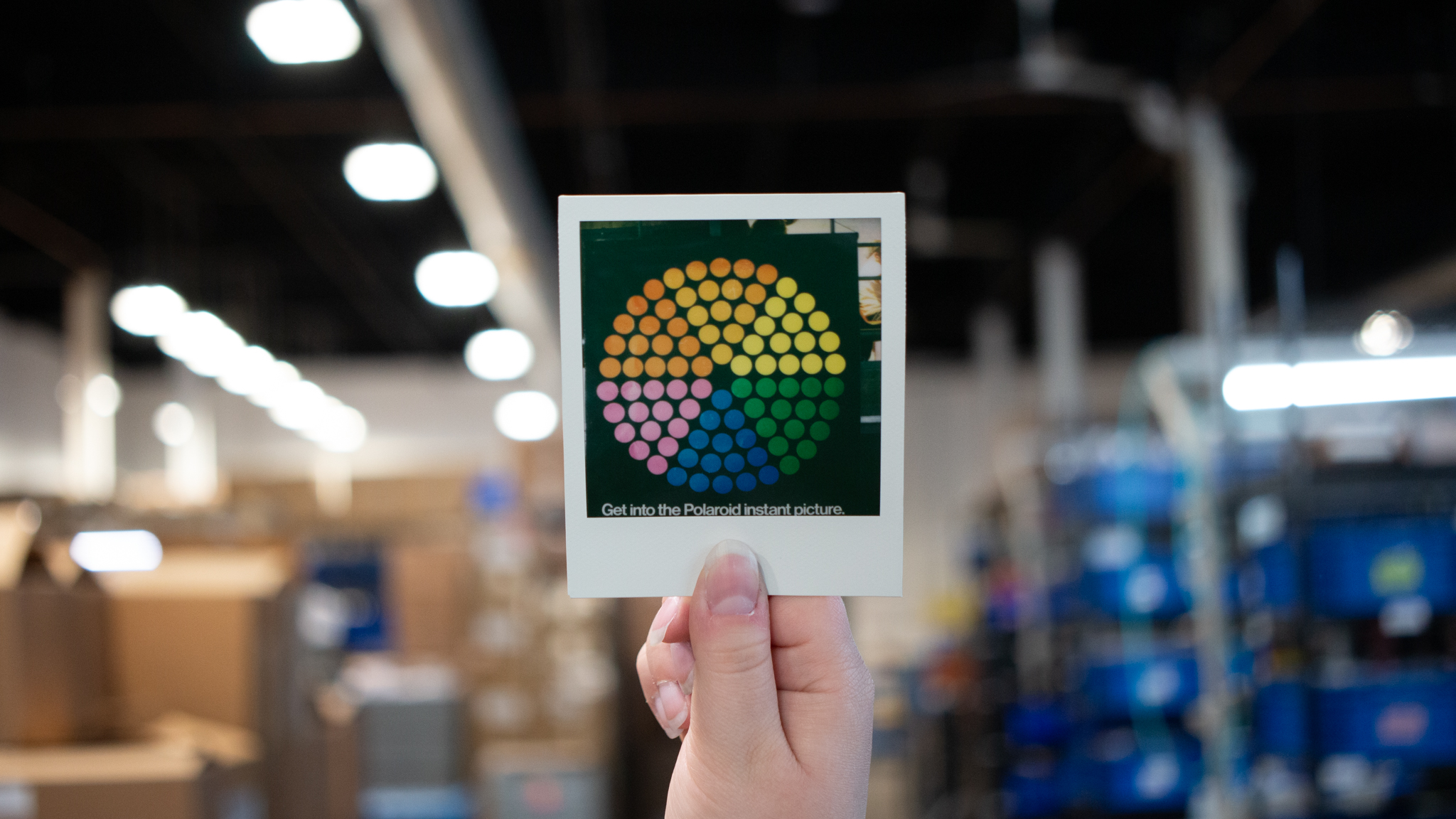
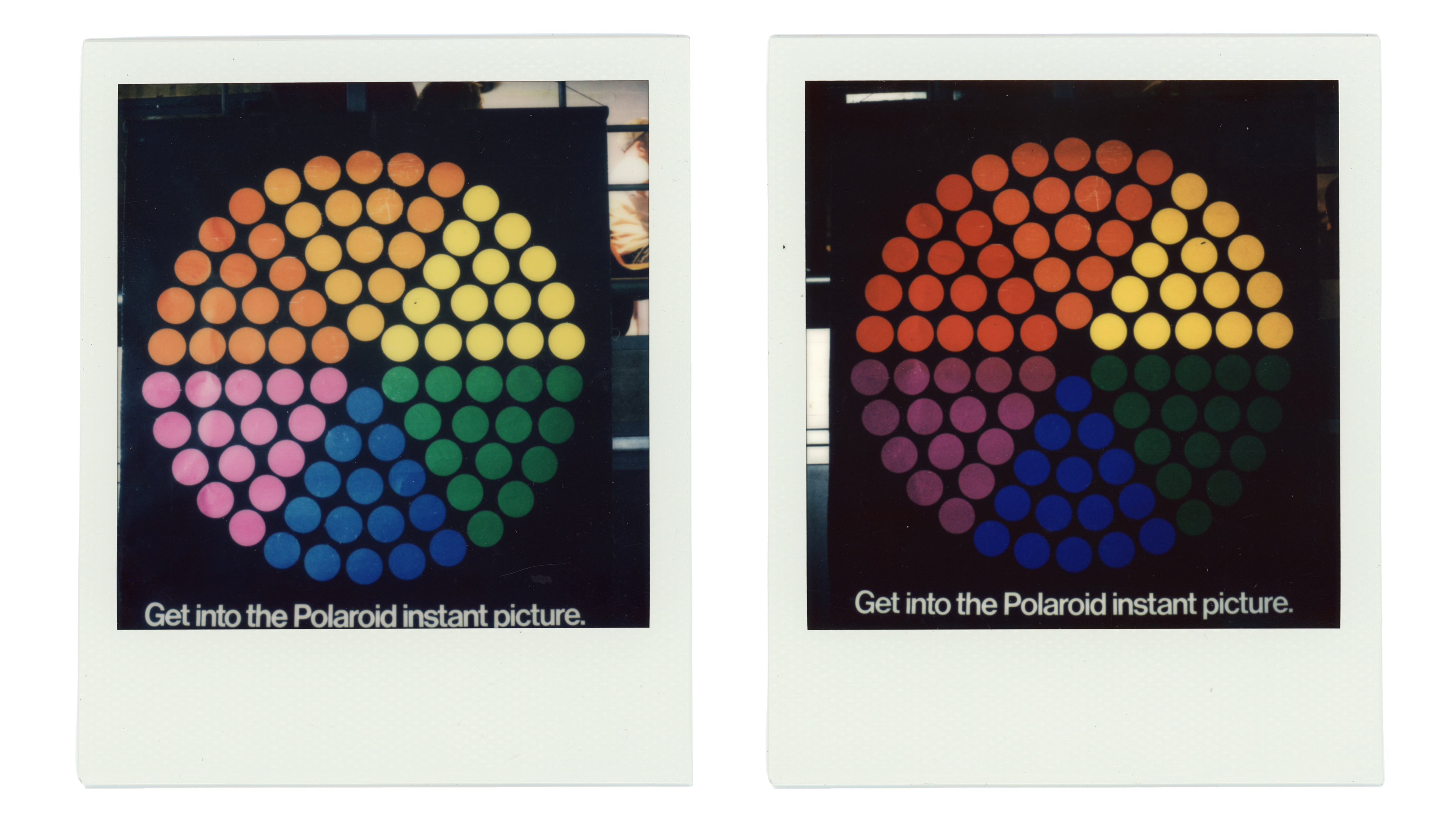
In retrospect
Retrospekt sent me before and after photos illustrating the difference that removing the lens fungus made on the quality of the prints my SX-70 can produce (see above). There’s more contrast in the print on the right, which was taken after the refurbishment. Naturally, I expected to get the kind of instant prints I’d hoped for, as opposed to the overly washed-out look I was getting before.
I used up a pack of color film, comprising 8 sheets, in a mixture of cloudy and sunny weather, and the improvement was plain to see. It’s not packing the kind of contrast I’d expect from digital tech such as a mirrorless camera. No, the SX-70 makes vintage-looking prints, so there's a softness to them, in any case. But now there is tonal detail in the prints that wasn’t there before. Again, not to digital standards, but more like the classic instant camera look so many people love.
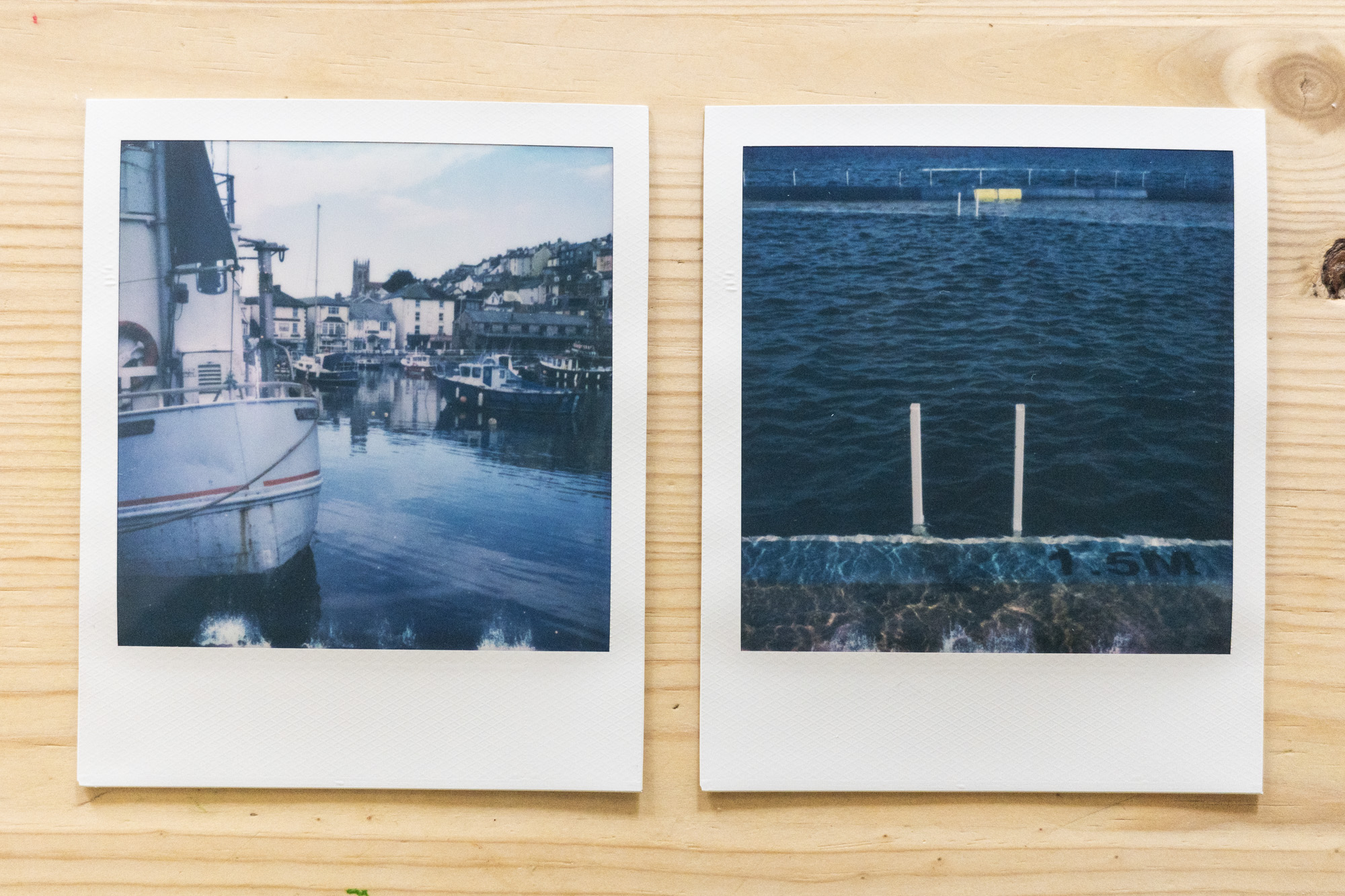
To get the best quality prints with an SX-70, you also need to understand how it calculates the brightness (exposure) of your photos. Polaroid recommends you stop down one notch on the lighten/darken wheel (the exposure compensation dial) because the camera is calibrated to meter for ISO 100 film but the film is ISO 160. However, you might want brighter results, so there's no one-stop formula.
Also, exposure is calculated by averaging the light reflected from the scene. In even light with little contrast – say a street scene on a cloudy day – you can’t really go wrong. But when there’s high contrast in the scene, such as a bright sky backdrop and dark subject, you might need to use up multiple prints to get the result you want.
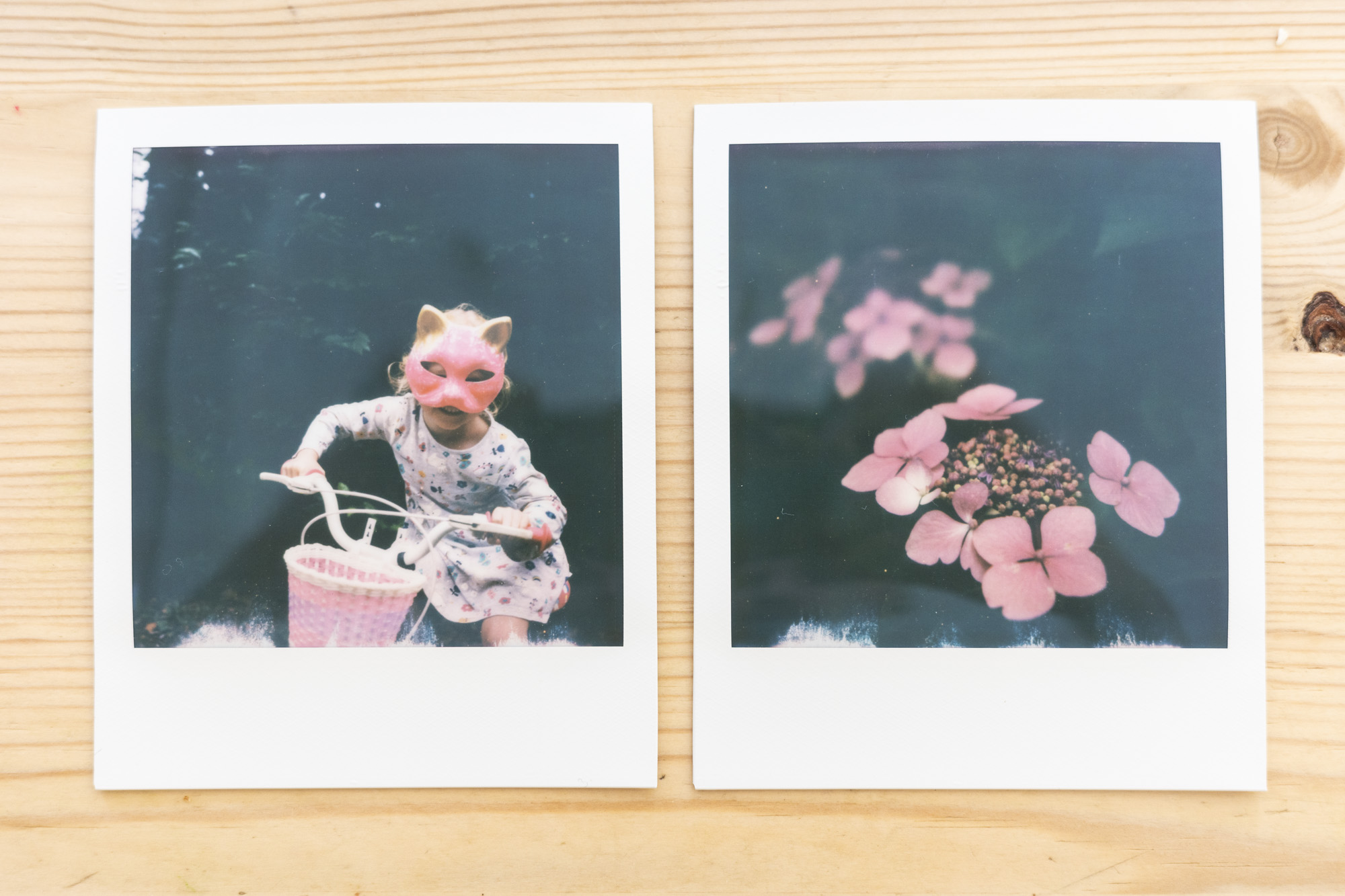
It doesn’t help that Polaroid prints take a good 15 minutes to fully develop, time you might not have to assess your settings when taking portraits, for example. There’s no problem seizing such moments if you’re prepared to shoot two or three photos of the same scene with slight variations in the lighten/darken wheel to ensure the correct brightness in at least one of them, but the film is seriously pricey.
I’m glad I didn’t give up on my SX-70 and for outfits like Retrospekt that restore retro tech. It’s such a lovely camera to use and there’s a pleasing vintage quality to its prints, provided all is well with the camera and your shooting technique.
I retract what I said about today's SX-70 film in the aforementioned article, to a degree. I still found consistency issues with the black-and-white film compared to the color film, but overall, I'm getting better results than before.
Refurbishing the camera to its former glory instead of it being dumped in a landfill has proved the sweetest outcome of all.
Interested in film cameras? Check out our best instant camera and best film camera guides.







